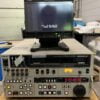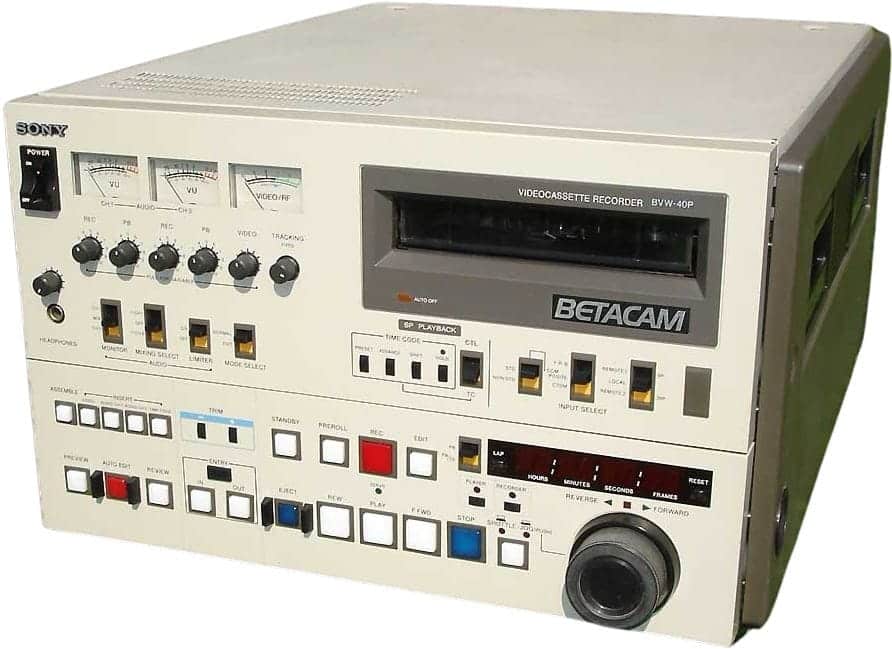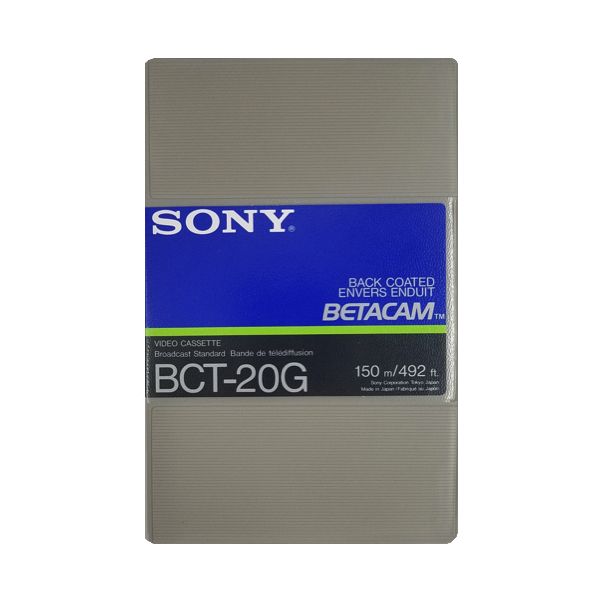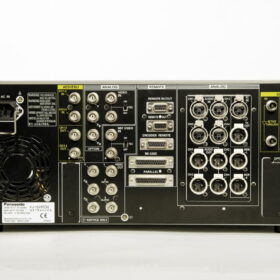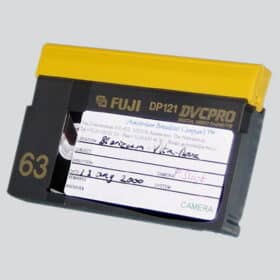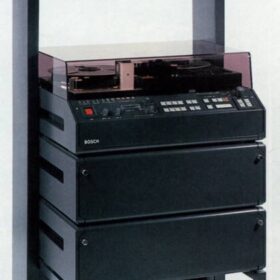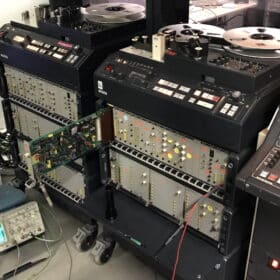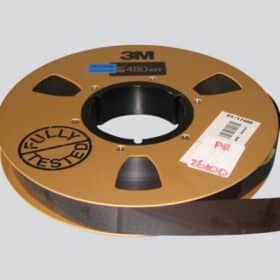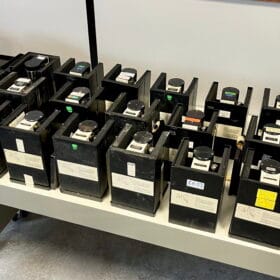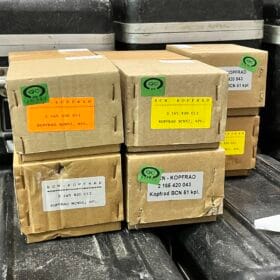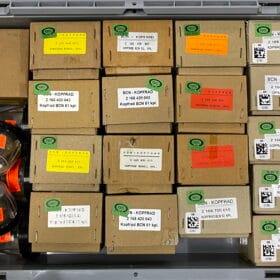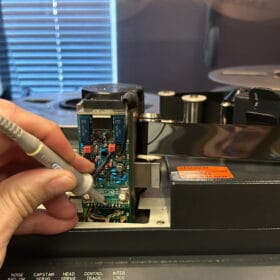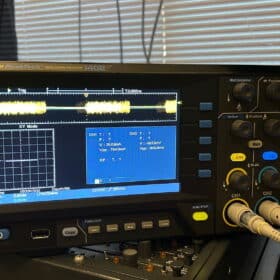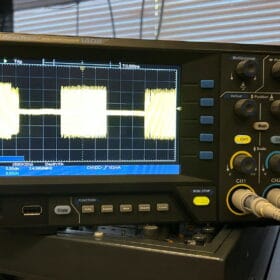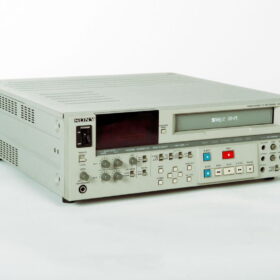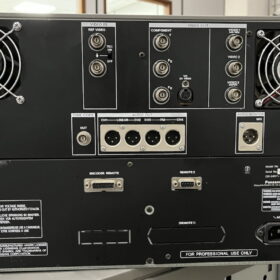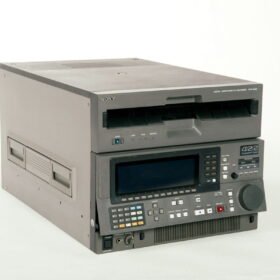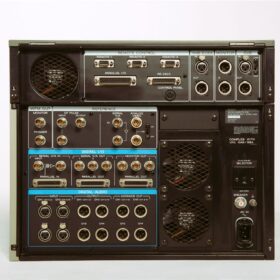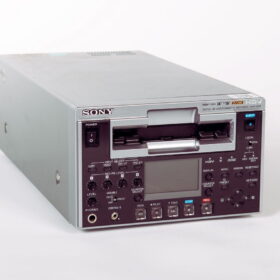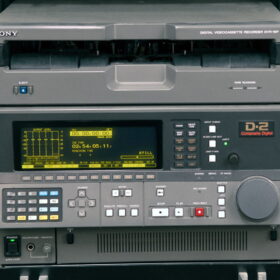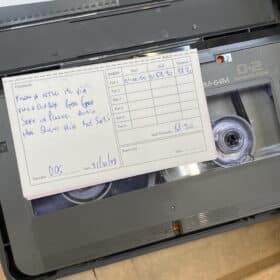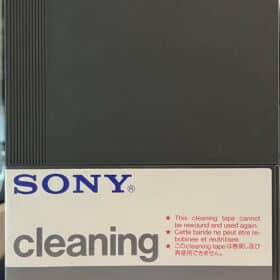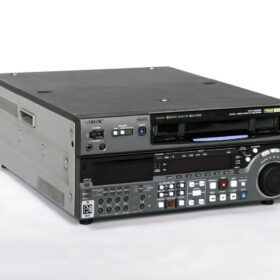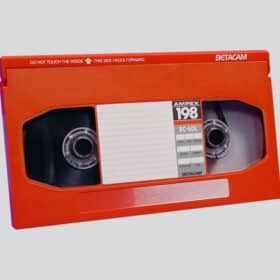In April 1981, SONY showcased the BVW-1 Betacam at the NAB Show. Meanwhile, Matsushita introduced the M Format, igniting competition over which format would dominate the market.
Sales of home-use Betamax declined sharply, in stark contrast to the soaring sales of the Betacam VTR. Eventually, Betacam became the de facto standard for ENG, capturing 95% of the market. This impressive outcome was built on the trust SONY established through its marketing efforts for U-matic in the early 1970s.
As Betacam gained popularity, users began to demand a Betacam VTR with editing capabilities. This need was met in 1983 with the introduction of the BVW-40 model. SONY now offered a complete lineup of Betacam equipment, covering everything from acquisition to post-production. The core philosophy behind SONY’s broadcast equipment business was “Customers come first,” with all product development focused on user convenience.
The SONY BVW-40P edit recorder was introduced in 1984. It utilized oxide tape, small sized cassettes, and could record two audio channels only. The SONY Betacam BVW-10P player was introduced in 1982.
Designed specifically for Betacam and Betacart equipment, the BCT-G Series Betacam Oxide tapes were the broadcast standard video cassettes from Sony. Featuring VIVAX particles, these tapes delivered high output performance with reduced modulation noise:
- VIVAX metal particles result in reduced modulation noise and super picture & sound quality
- Carbonmirror backcoating reduces dropout and electrostatic discharge noise
- Crosslinked binder achieves high packing density for high output and durability
- Precision calendering for smooth surface
Most common Betacam Oxide tapes:
BCT-G Series
Small cassettes
BCT-10G/BCT-10K
BCT-20G/BCT-20K
BCT-30G/BCT-30K
Large cassettes
BCT-60GL
BCT-90GL

